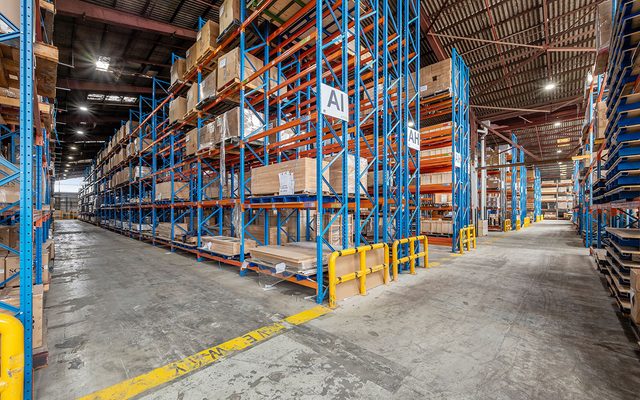This article is from the Australian Property Journal archive
SPECULATIVE developers have swooped on a new industrial estate in Melbourne's west, accounting for 80% of lot sales.
Of the 14 allotments at the first stage of the $30 million Mangana Industrial Estate at Truganina, developers have purchased 10 of 12 lots sold with the remainder snapped up by owner-occupiers. The lots, totaling 73,500 sqm have realised $12.2 million.
The lots range in size from 3,314 sqm to 2.796 ha.
Savills Tim Casanelia, Greg Jensz and David Norman negotiated the sales.
Casanelia said enquiry and subsequent transactions had been a real fillip for the industrial sector following a relatively flat market in recent years.
“The level of enquiry has been growing stronger and stronger since the land was put to the market about 12 months ago and now the deals are materializing as market confidence grows.
“The fact that 80% of sales were to developers who plan to proceed with speculative $1 million to $2 million projects underlines that confidence that the market is now beginning to turn the corner,” he added.
Casanelia said there is strong enquiry for the 15 lot, 130,000 sqm stage 2 of the estate, which is further confirmation of a renewed confidence in the market.
“Stage 1 has almost sold out and we are now speaking with a number of prospective purchasers for stage 2. Again it appears that subsequent sales will heavily favour speculative development.
“A pick up in the industrial market, should it transpire as this early indication suggests, augurs well for property right across the markets,” he continued.
Savills national head of research Tony Crabb said industrial rents are now on the verge of increasing as available prime grade space becomes more limited.
“We believe the industrial rental market is now entering a stage where improving fundamentals may build a case for upward pressure on rents, though at levels at or below CPI.
“Savvy developers – those that have a good understanding of the local market – are well aware of the stock situation, of demand and supply, of rental levels, and of the opportunities that a relative scarcity of properties on the market provides, and we’re seeing that in these sales results,” Crabb said.
He added that the sector is also benefitting from structural issues in the retail sector driven by online retailing, which would translate into greater demand for warehouses located close to freeway access.
“This is another aspect of the market that developers will be aware as creating a greater demand for warehousing/distribution facilities, and where better than the western suburbs,” Crabb concluded.
Property Review



